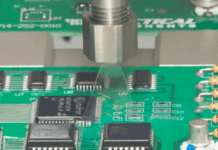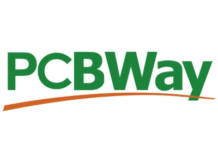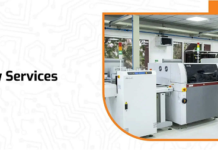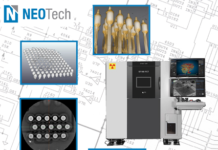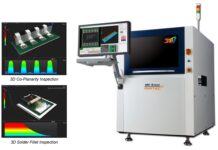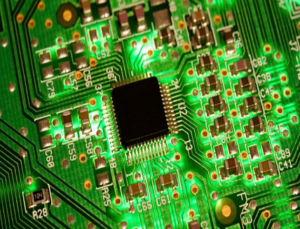
All too often, businesses need a quick turnaround with printed circuit boards, but the industry standard slows them down. Instead of relying on traditional PCB prototyping and manufacturing, businesses have another option: turnkey PCB assembly.
Why Traditional PCB Manufacturing is Slow
The traditional way of PCB manufacturing assembly involves steps that slow the process. Companies have to work with fabricators, designers, parts suppliers, and engineers. Coordinating all of these often forces a slow down that complicates measures for the company that needs the board. With turnkey assembly, these slowdowns do not exist.
Why Turnkey Assembly is Quick
What makes turnkey PCB assembly different from the traditional assembly? The answer is simple: in-house production. Rather than looking to companies all over the world, turnkey manufacturers do everything on their own. By doing this, they have not only sped up the process but reduced the chances for errors, too.
Streamlining Parts Acquisition
Turnkey PCB manufacturers have figured out how to speed up the process by keeping parts acquisition, fabrication, and assembly under one roof. Rather than acquiring parts for each project, turnkey manufacturers order in mass for several projects.
For traditional PCB manufacturers, parts acquisition is often the stage that slows each project as several companies need to be coordinated to get all parts to one location. If there are problems with parts, they have to be returned or modified, which slows the process even more. When parts suppliers are overseas, issues arise with shipping, language translation, and tariffs. Turnkey PCB manufacturers can have the same issues, but they order in advance to prevent delays.
Avoiding Design Issues
Turnkey PCB manufacturers have also streamlined the design process. When traditional manufacturers work on PCB prototype production, they often use designers and engineers in different locations. Details are sent back and forth using Gerber files, which increases the chances for miscommunication and errors like misaligned drill holes, missing solder mask layers, and mislabeled or inaccurate measurements. Each time an error is found it has to be fixed, which slows the production at an early stage. Turnkey PCB manufacturers do all of their designs under one roof, so errors can be fixed immediately and the product stays on schedule. With design stages under procedural control, manufacturers can provide instant quotes and customers can approve them just as quickly.
Staying on Schedule by Passing Inspection
Finally, the actual manufacturing is also done quickly and accurately. Because the design stages and part acquisition is streamlined, the assembly can happen as scheduled. Components can be quickly inspected, and replacements used when necessary as the parts department has everything needed for the PCB.
Because turnkey PCB assembly follows a strict set of procedures, they usually function properly post-assembly. Problems are found prior to final assembly, which keeps costs under control, benefitting the customer and manufacturer alike.
With all of the benefits of turnkey PCB assembly, it is a wonder that companies still hire traditional PCB manufacturing. The turnkey assembly has consistently proven to be faster, more accurate, and more affordable than traditional PCB prototyping and assembly.



